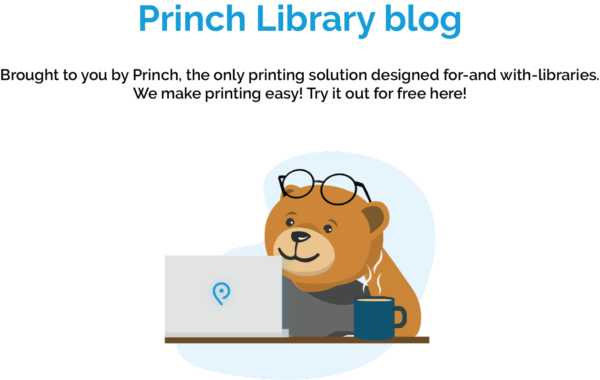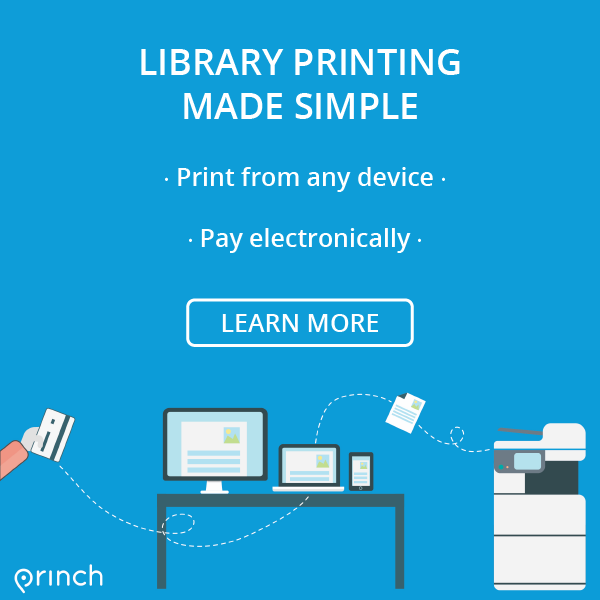Making your online library accessible and easy-to-find for your users is key in today’s digitized word. If a user cannot find your online library, the content and resources you are sharing on your page lose their purpose. SEO can help your library be more visible and accessible. But, what is SEO? Guest writer, Robin Jeanne, shares their thoughts and tips on how to get started with this tool at your library!
Throughout history, libraries have answered the call to provide knowledge as one of the most trusted repositories of information to exist. Unfortunately, figures from Statistics Denmark have shown that fewer people are visiting public libraries, especially with the availability of other digital sources of information. And although more libraries are digitizing their collections, people now prefer the convenience of readily available sources of information from social media and top search engine results.
Making online libraries more accessible is key to their continued use and survival, which will eventually contribute to the circulation of more reliable information — a need further amplified by today’s challenges.
The Importance of SEO in Academic Spaces
Libraries are extremely valuable in various fields, most especially in the academe, as they allow people to search for particular publications in a systematic manner. However, a study published on Research Gate found that libraries and other academic institutions depended on interactions with society to succeed or fail. In other words, academic data is only as useful as its accessibility; information that is never found cannot be understood or applied.
The study also found that the systems digital libraries used were lacking in search engine optimization (SEO) techniques and technical website parameter functions, making it difficult for people to find the information they needed. Thus, optimizing these online repositories and their websites is considered essential for full accessibility.
SEO is a digital marketing strategy that improves a site’s ranking on search engines like Google. There are several ways that SEO can make online libraries more accessible and attract more users:
It makes your content more visible
Being more accessible means understanding what is valuable for both the search engine and the people looking for information. By optimizing your online library’s content, it will be easier to rank higher on results pages to become more visible. Ayima Kickstart explains how effective content strategies make use of relevant keywords and content plans to further increase engagement with your target audience. For instance, adding summaries with common search terms to the publications in your library will help them appear on Google as excellent matches to a user’s search query. The more visible your optimized content, the greater chances of your online library getting a click.
It helps you reach your target audience
Apart from being more visible, SEO also allows online libraries to specifically target who they should be accessible to. It might be tempting to market to everybody and attract more people, but this approach often leads to an unfocused message that nobody will resonate with. Instead, position your SEO strategy with a focus demographic in mind, such as people in the academe. One specific way is through the integration of intent-driven keywords in your content — in this case, terms like “research” or “study,” since they are what your audience intend to do at your library. The advantage of this approach is that you will have content that is relevant to your audience and produces results, whether that’s in the number of library visits, subscriptions, ROI, or other metrics.
It improves your credibility
People trust search engines to give them the best and most accurate results first. If audiences see that your online library appears at the top of the list, they will take it to mean that you are the most credible source of information based on their query. It then becomes beneficial for your online library to optimize attributes such as your content, website speed, and mobile compatibility to rank well on search engines. You can also optimize the content on About Us, Contact Info, and Testimonial web pages. This, along with high-quality services, will develop an online user’s trust in what you can offer compared to other online libraries.
Digital libraries are more valuable than ever, but there is still plenty to be done to make them more available and useful to the public.
Apart from an SEO strategy, libraries can also think about innovating their services. For example, choosing a printing solution like Princh so library visitors can easily print and pay from their own devices. Libraries have also adapted well with technological advancements so utilizing SEO or innovating services will be no different.
Article written by:
Robin Jeanne
Recent posts
Enhancing User Experience For Libraries In The Digital Age
In this week's Princh Library Blog post, recurring guest writer Sam L. Bowman covers how your library can improve the user experience on [...]
Library Password Practices—Balancing Accessibility and Security
In this week's Princh Library Blog, recurring guest writer Nina Grant discusses a basic, but nevertheless crucial digital security principle: secure password [...]






Thanks